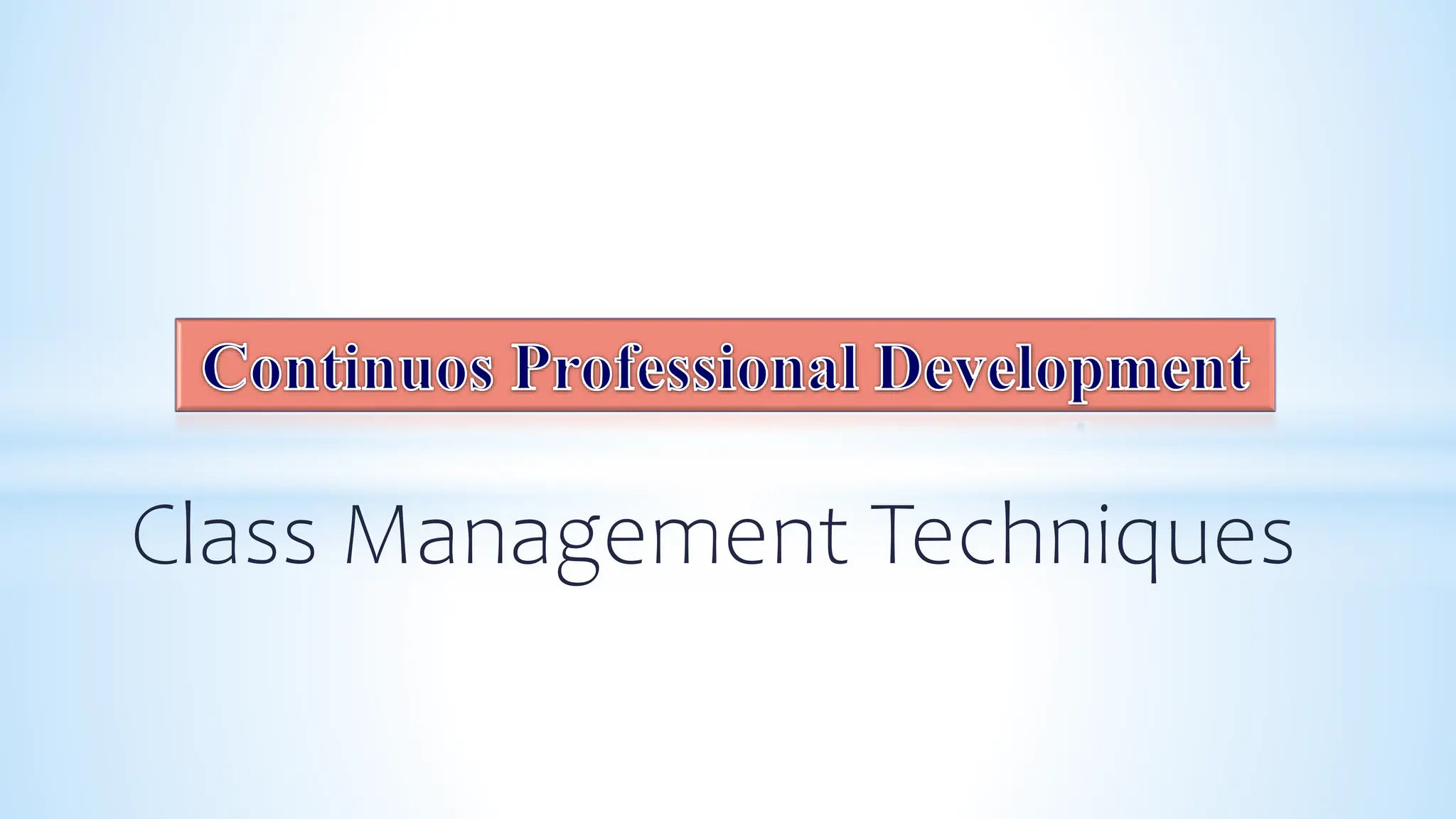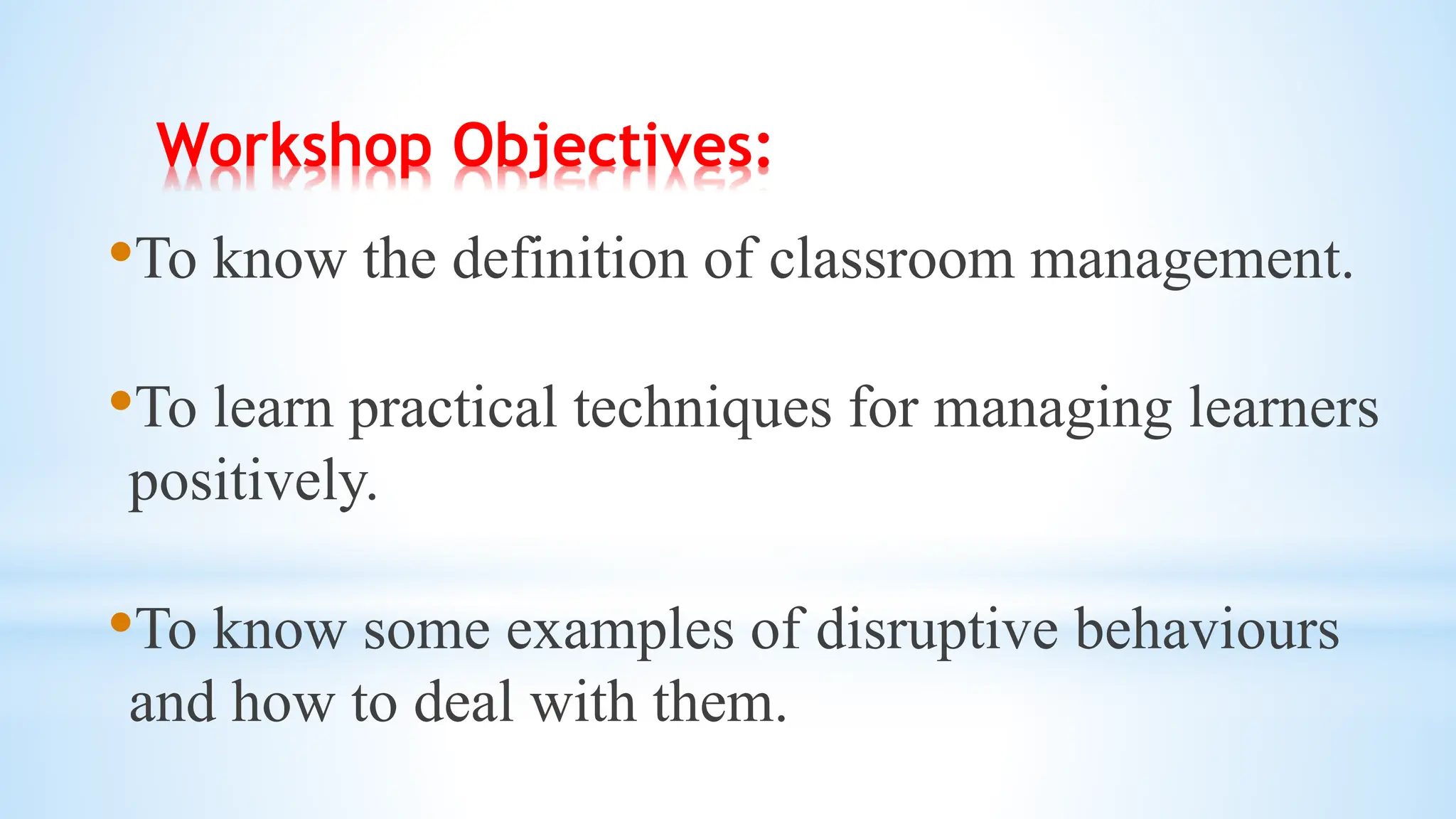Here is a possible classroom management issue and some strategies to address it:
Problem: Students are often late to class and disruptive when entering the classroom.
Strategies:
- Have a strict policy that students must be seated and ready to work by the time class begins.
- Greet students at the door and direct late students to their seats without attention.
- Play some quiet music as students enter to signal they should get settled.
- Have a routine where students enter quietly, put materials away silently at their desks.
- Stand by the door when class begins to monitor late students and ensure a smooth transition.
- Consider consequences for students who disrupt the flow such as staying in at recess.














































